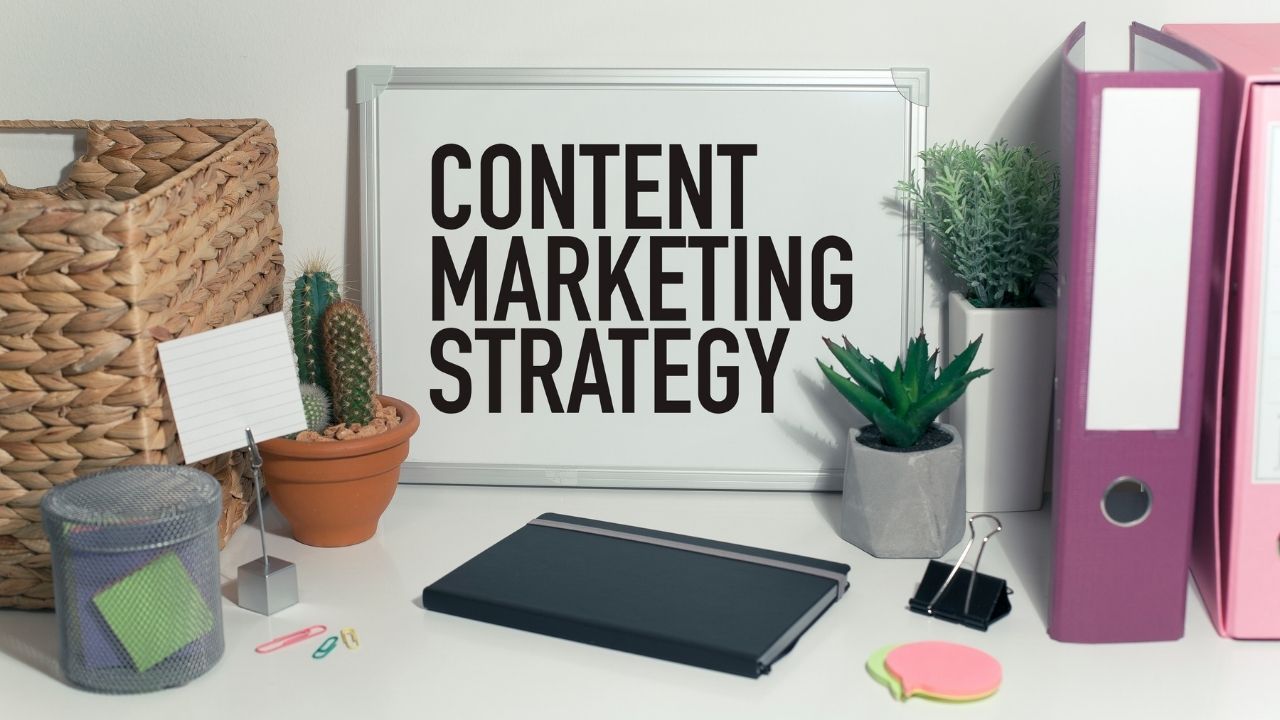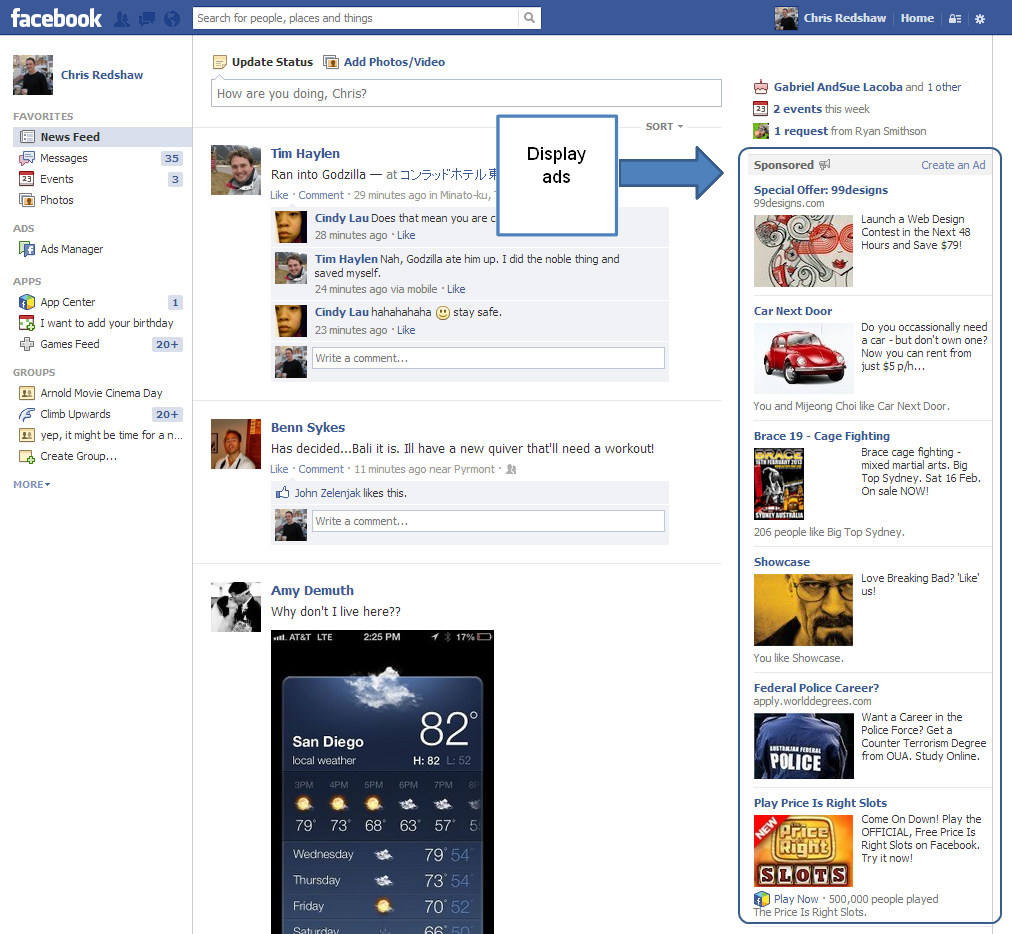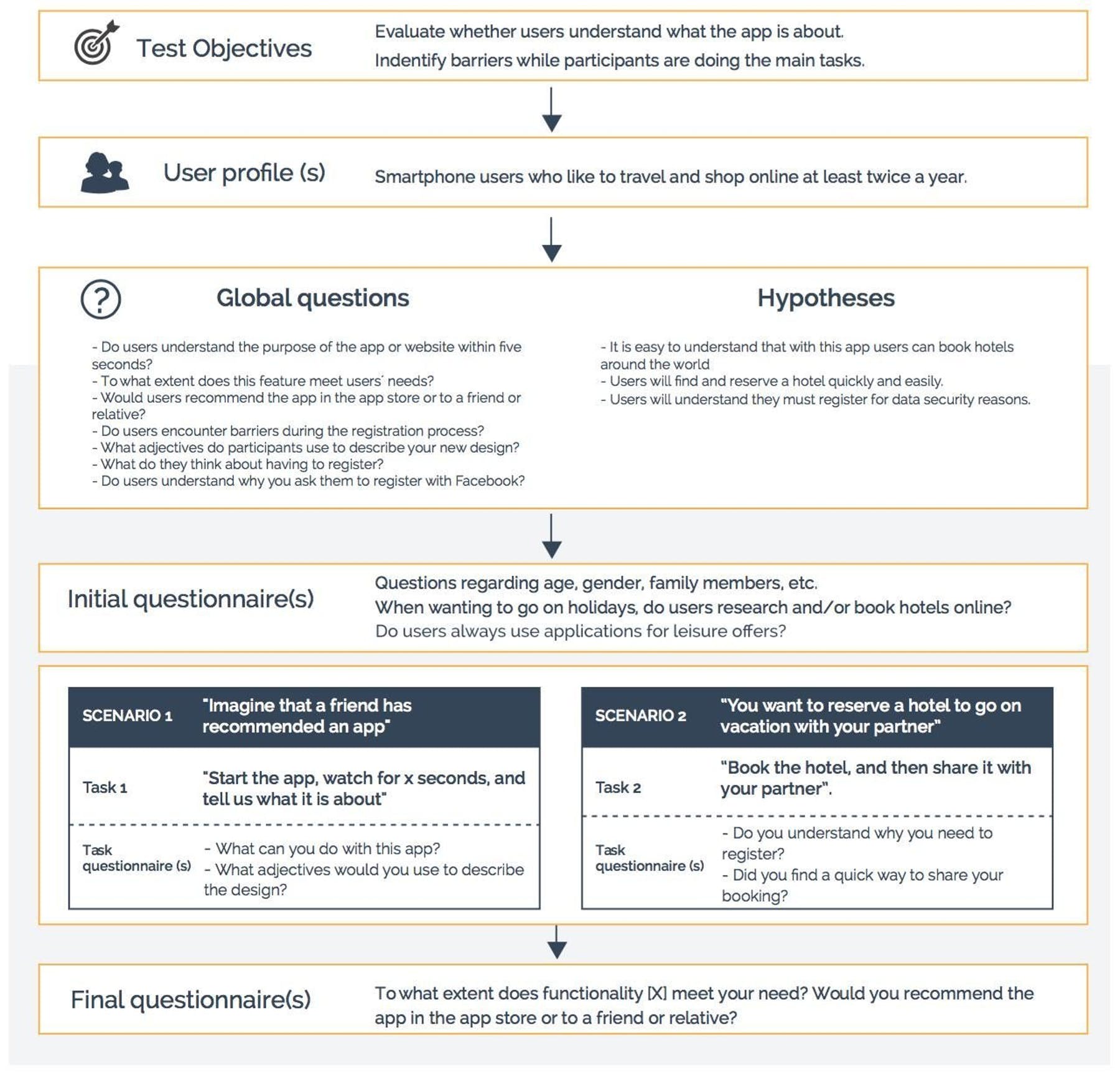
A content plan is an essential component of a social-media strategy. This helps you plan your posts and create them. Social media platforms demand more specific data so it is crucial to plan your posts. Your social media calendar should contain basic information such geo-targeting, value, and other relevant information. Unbounce and CoSchedule can be used to manage your content calendar. Other than the content you are writing, your calendar should also include information about your target audience.
How to make a content-rich calendar
Content calendars allow you to plan your content strategy. They also make it easier for you to stay organized. They can be as simple and straightforward as a spreadsheet. Or as complex as Asana. You can add comments, excerpts, files, and files to each piece of content. A content calendar can help you create more content in a shorter time. Here are some tips to help you create a content calendar that works for you.
- Make a buyer persona. This helps you find out what types of content your buyers desire. This will help you track how often content is being published. You can create a calendar for each type and amount of content. This will let you know how frequently and how long each type of content should be available. The information you gather will help you to tailor your content calendar. You can also create a content calendar that you will use for various channels such as email and social media.
Designing a social content calendar
A social media content plan can help you allocate your resources efficiently. A calendar can be as detailed or simple as needed, so long as there are fully completed posts. This can streamline your day-to-day routine and free up time for brainstorming. You can also import the calendar into Google Calendar. Once you have created your social media content calendar you can add any new elements to it.

When putting together a social media content calendar, make sure to add metadata for each post. This metadata can include hashtags or channels, time of the day, targeted audience, and even time of day. It can help you with your social media marketing efforts by adding relevant @-mentions. You will be able to quickly see your plans. Once you have a plan in place, it's time to start creating content. A weekly editorial calendar is also a good idea if you're working in a group.
CoSchedule lets you manage your content calendar
A content calendar is vital for all businesses, large or small. A content calendar can help you set priorities, achieve deadlines, avoid ambiguity, and prioritize tasks. A content calendar will help your team stay on the same page. You can also give tasks to your team members so that they know exactly what they have to do.
Content marketers often have multiple tasks and projects. There may be more ideas than you have time, but not enough time to finish each one. CoSchedule provides a solution. This all-in one marketing platform lets you manage, plan, and schedule content across the entire team. You can even collaborate with your team to create a content calendar with CoSchedule.
Unbounce allows you to manage a content calendar.
Unb bounce allows you to create a content schedule and organize your blog posts. This will help you optimize your distribution of SEO content. For better organization, you can add tags or comments to this tool. This tool is useful for tracking your progress, as well as incorporating SEO guidelines. Since a content calendar is a living document, it's important to be able to update it as needed. These are some helpful tips to create a content schedule that works for you and your company.

Content calendars are essential to your content strategy. They help you keep track of the exact date and place where your content will be published. They also offer data-driven insights regarding the effectiveness of your contents. If you're working with a complex content strategy, a content calendar can help you keep track of your marketing efforts. For instance, if you're planning to release content on a weekly or daily basis, you can keep a content calendar to ensure that you never miss a deadline.
FAQ
What are the 7 steps of content marketing?
The seven-step process for content marketing includes:
-
Identify the problem
-
Discover what's working today
-
Create new ideas
-
Make them strategic
-
Try them
-
Measuring the results
-
You can continue this process until you find something that works.
This strategy has proven to be effective for both small and large businesses.
Where should I start with Content Marketing?
Start by identifying the audience. Who are they exactly? What are their needs What can you do to help them? You can identify who you are writing to and where you should focus your efforts.
How does content marketing work?
Content marketing is successful because it produces valuable, engaging content which provides value.
When you provide helpful information, solve problems, entertain, or engage your audience, you build relationships with them. Positive messages from trusted brands are more popular than negative ones.
People enjoy reading things that interest them. Your readers will keep coming back for more when you write something interesting.
Your content should drive people to take action - whether buying your product, signing up for your newsletter, visiting your website, or sharing your article via social media.
Writing compelling copy that engages and informs your target audience is key to content marketing success.
Statistics
- In fact, would pay more for a better customer experience, and 86% of B2B buyers would pay more. (neilpatel.com)
- Progress indicators (0–100%) allow each team member to see how attainable each goal is and understand what remains to be accomplished. (semrush.com)
- Companies that use content marketing see approximately 30% higher growth rates than businesses not using it. (mailchimp.com)
- According to our research, 65% of companies with very successful content marketing in 2021 ran content audits at least twice a year. (semrush.com)
- Seventy-two percent business to business (B2B) (mailchimp.com)
- Measure your goals with a progress indicator of 0-100%. Make your goals collaborative and transparent (semrush.com)
- To further show the importance of this, 89% of people have stopped doing business with a company because of a poor experience. (neilpatel.com)
- According to our research, brand awareness, attracting traffic, and generating leads remain the key content marketing goals in 2022. (semrush.com)
External Links
How To
How to create stunning images
Images can make your content stand out among others. Images are one way to communicate ideas visually. They are great for grabbing attention and increasing engagement. They can be used to communicate complex concepts easily and effectively. ).
Images can bring life to writing and presentations, and make them more engaging. But if you don't know how to choose the right image for the job, you could have something less than striking results. This article will provide tips on how to choose the best images possible for your next project.
-
It is important to understand what makes a photo good. There are several factors to take into consideration when choosing photos. First, choose images that are simple and clear. It won't work if the photo is too cluttered. A simple, clean image will grab more attention. Avoid images that have people not smiling or staring directly into the camera. This can make it appear that you don't care about what you say. It's important to make sure that the image doesn’t distract you from the main message. It shouldn't draw too much attention to the content.
-
You can find inspiration. Once you've got a list of potential candidates, it's time to go through them and find those that catch your eye. You should first look at their captions. Some photographers include these in the photo, while others write them separately. Either way, you want to see whether the caption is interesting enough to read. Pay attention to what the photo is referring to. Do you expect to see someone having a good time in the photo? Or maybe it's a place that looks like it could be dangerous. You might not associate it with happiness. Whatever the case, think about why you like the image and how it relates to the overall message you want to communicate.
-
You can test different types of images. Images can be used to highlight important aspects of your text. An example of this is if you write about a product and want to show it in action. A similar image could be used to illustrate the information in an infographic. Visual aids that are visually appealing will help to connect readers to the information you share.
-
The right file format is important. One of the most important factors to remember when choosing images is the file type you need to use. JPEG and GIF are the two most common file formats when designing web pages. Both of these file formats are great, but each has advantages and disadvantages. JPEG files will work with any media type, including websites or social media posts. They are particularly useful for photos as they allow you to store large files in a very small area. They do tend to lose quality and become pixelated over time. GIFs are much smaller than JPEGs so they are better suited for graphics and animation. However, they don't support transparency, making them unsuitable for photos.
-
Include other visuals. Additional visuals are a great idea if you have trouble thinking of images. Your post's effectiveness can be greatly improved by providing a distraction-free environment. This makes them less likely to abandon your site after reading your article. One of the best ways to add extra visuals to your site is by creating infographics. Infographics are extremely popular, as they provide a quick, easy way to share lots of useful information. Additionally, infographics often include lots of photos, making them great for adding to your blog posts.